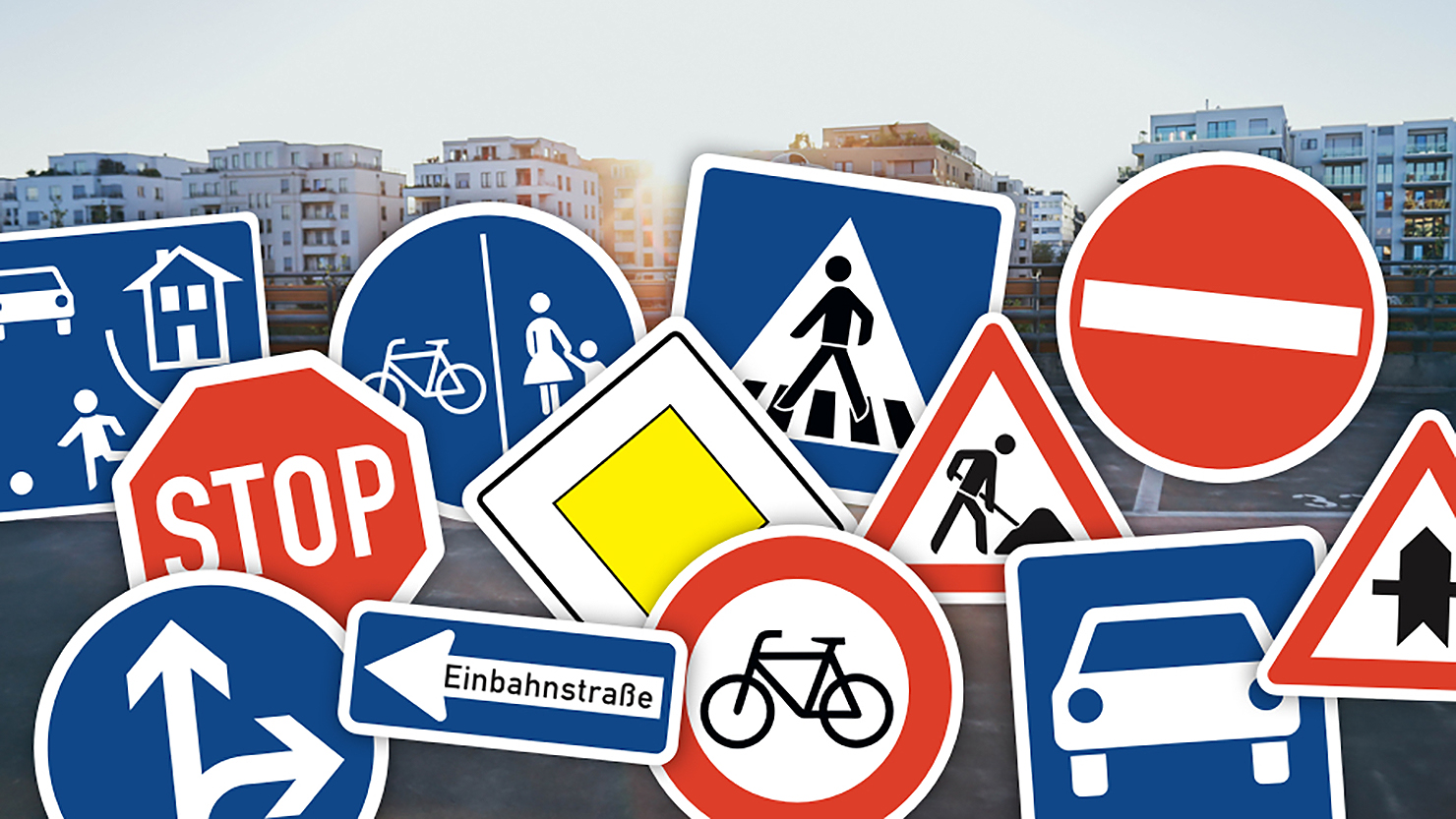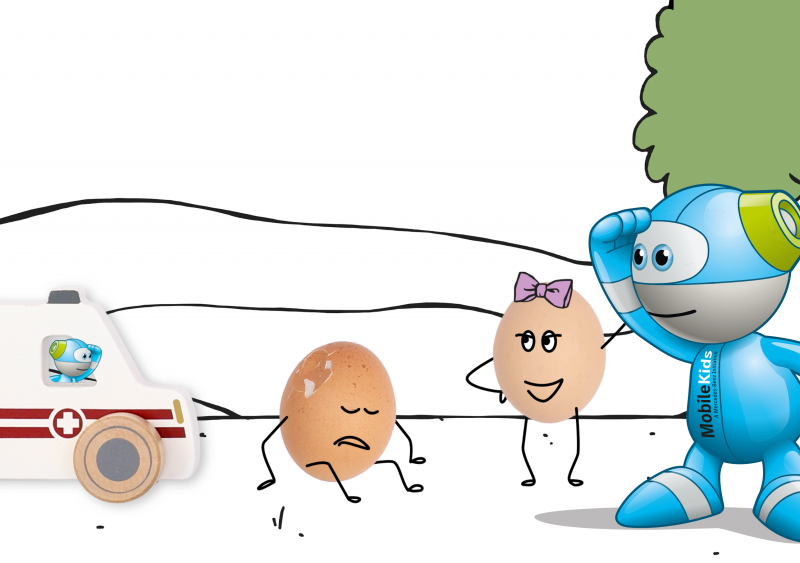There are more than 20 million traffic signs within the federal territory of Germany. On average, that means there is one sign for every 32 metres of road. That’s an enormous amount, and it’s a challenge for some adults! That’s why, at MobileKids, it is important for us to support children in this fundamental area of traffic education. Children need to learn how to behave near roads, and especially how to understand traffic signs.
According to the psychologist Jean Piaget, primary school children mainly act in the specifically operational phase. Owing to this cognitive development stage, they have difficulties in associating a "traffic sign" as a symbol with a specific rule." (MobileKids-Schulmaterial)
Traffic signs are important
Children undergo various phases before they become cautious traffic participants. When your child is cycling, section 2 of German road traffic regulations permits them to use the pavement until they turn eight. Until your child turns 10, they can choose between the cycle lane or the pavement. From this point, at the latest, traffic signs are hugely important, helping them with orientation and correct behaviour.
Support your child
When children have mastered traffic signs, this means that they both know their meaning and how to act. As a parent, you can help out on this latter point, in particular. After all, you’re not just a role model in your children’s eyes: you’re the expert. You should do exercises that include familiarising your child with dealing with traffic, such as on the way to school (more on this in module 1). This has been recommended by the Conference of Ministers of Education and Culture since 1972. These guidelines, which are of fundamental importance even today, can be easily integrated into day-to-day life. Tell your child why, when you see the corresponding traffic signs, you can only stand still, or why traffic coming from the right has priority in your street.



